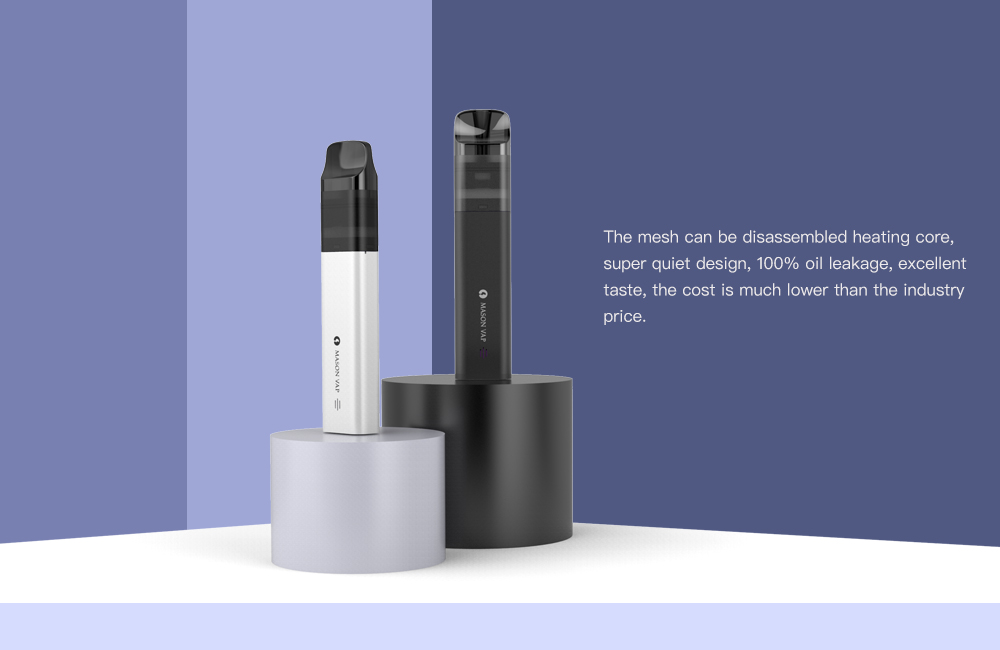In recent years, rare earth trichromatic phosphors occupy an irreplaceable position in luminescent materials due to their good luminescent properties and stable physical properties. However, as the demand field expands, different requirements are placed on phosphors. This requires continuous improvement of certain properties of the phosphor such as particle size, uniformity of the components, purity, and industrial production also requires a reduction in cost. Meeting these requirements also requires starting with a synthetic approach. The following briefly describes several methods for synthesizing rare earth trichromatic phosphors. (I) High-temperature solid-phase reaction method This method is the most primitive method for preparing rare earth trichromatic phosphors. Taking the red phosphor (YEu) O3 in the rare earth trichromatic phosphor as an example, the process prepared by this method is as follows: a certain ratio of Y2O3 and Eu2O3 (99.99% or more) is added to the quantitative flux, and mixed. After 1300-1500oC is burned for about 2h, remove the grinding and wash it. This method is simple in operation but large in particle size, and there is a phenomenon of segregation of components, which will reduce the luminous efficiency. If the burning temperature is high, the sintering will seriously destroy the lattice position of the activator at the final grinding, resulting in luminous efficiency. Reduced. (II) Prepreg Preparation of Precursors After discovering the shortcomings of high temperature solid phase method, people have been exploring a new method to overcome the shortcomings of high temperature solid phase reaction. It was found that the synthesis of the phosphor in the solution resulted in a uniform product composition. The method is as follows: (also taking red phosphor as an example) A certain ratio of Y2O3 and Eu2O3 (99.99% or more) is dissolved in HNO3 or HCl to prepare a mixed rare earth acid solution and reacted with oxalic acid until completely dried. Other methods are the same as method (1). The composition of the product produced by this method is relatively uniform and the segregation of the components is rare, but the particle size is not easy to control, and the process is slightly more complicated than the first method. The above two methods have led to the formation of industrial production, although both methods have deficiencies, but the products prepared by the two methods have great advantages in terms of luminescent properties compared with products synthesized by other methods. (III) Sol-Gel method Sol-Gel method There are two methods for preparing fluorescent materials by sol-gel method: one is to incorporate a rare earth ion activator into the initial reaction solution to form a gel, or it can be prepared by using A good gel is soaked in a solution with a rare earth activator. The prepared gel can be processed into a powder at a certain temperature. This method is simple and easy to grasp, and the prepared product is uniform and has a small particle size, but it takes a long time and has a small amount of processing. The cost is high and the luminous intensity needs to be improved. (4) Combustion method The method is mainly to add a quantitative organic substance during preparation, and to release a large amount of heat when the organic substance is burned to lower the final burning temperature, and at the same time, a large amount of gas is generated when the organic substance is burned, which can reduce product agglomeration and thus a small particle product. . The product synthesized by this method has a small particle composition and a uniform composition, and the sample synthesis temperature is low, which reduces the energy consumption. However, this method has a small amount of treatment and increases the cost after adding organic matter. In addition to the two methods described above, it has also been reported in the literature that hydrothermal methods and freeze-drying methods can be used to prepare fluorescent materials. The phosphors synthesized by these methods mainly solve the problem of large particle size, and the production cost problem has not been improved. . Due to methodological limitations, the four methods described later are not currently applicable to actual production.
The utility model relates to a medical atomization treatment and humidifying device belonging to the technical field of medical equipment and household appliances.
Professional Medical Atomization manufacturer is located in China, including Medical Vape,Dose Control Vape Pen,Supersonic Wave Vape, etc. Medical Atomization,Medical Vape,Dose Control Vape Pen,Supersonic Wave Vape Shenzhen MASON VAP Technology Co., Ltd. , https://www.cbdvapefactory.com
